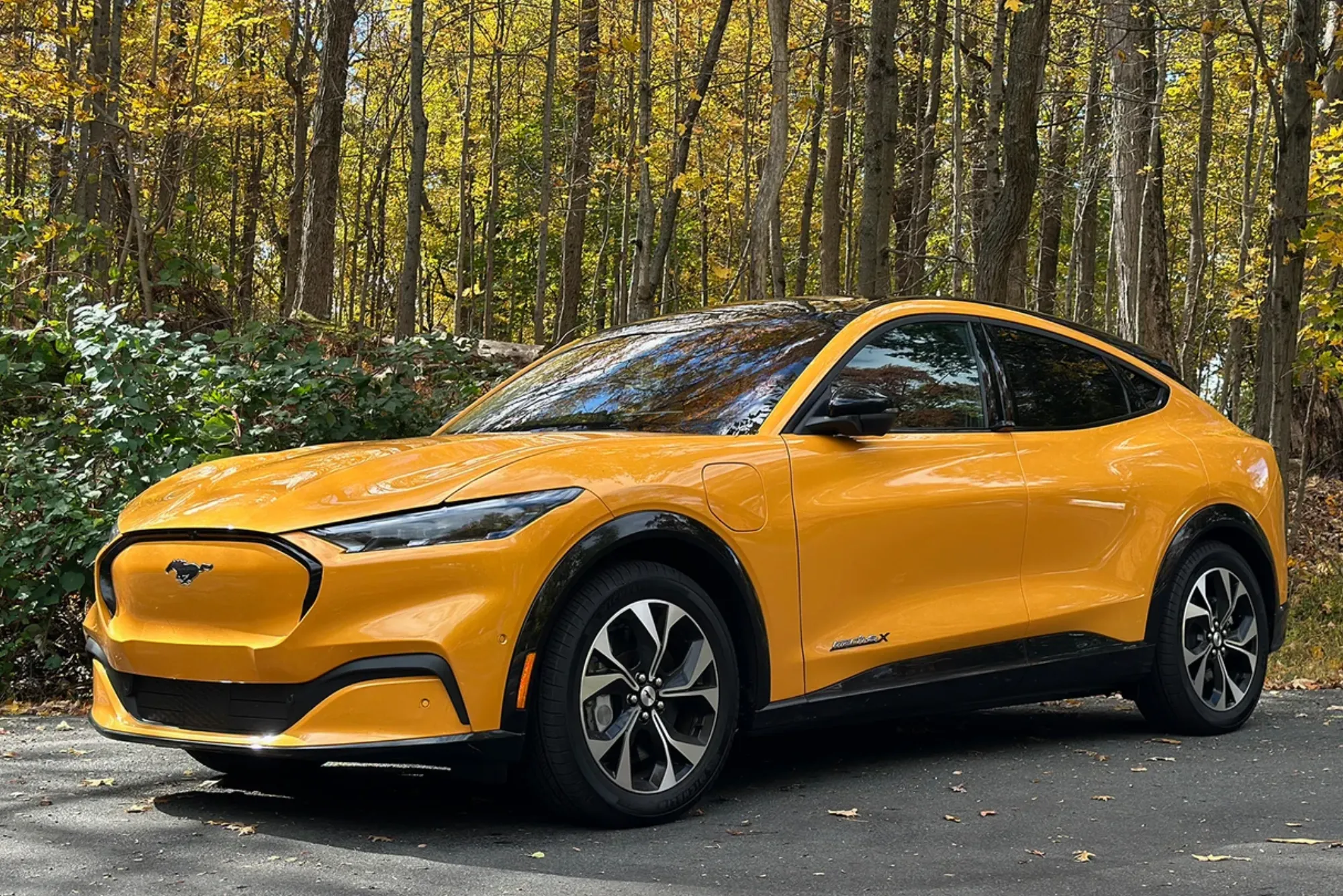Introduction
Electric cars have reshaped the automotive industry, offering a cleaner and smarter way to drive. With their rise in popularity, understanding How Electric Cars Work Tips & Checklist has become crucial for anyone planning to switch from gasoline to electric. This guide will walk you through how electric cars function, what makes them unique, and what you should consider before owning one. Whether you’re curious about EV technology or preparing to buy your first electric vehicle, this comprehensive breakdown provides everything you need to know.
Understanding the Basics of How Electric Cars Work
Electric cars, or EVs, operate differently from traditional vehicles. Instead of relying on internal combustion engines that burn fuel, they use electric motors powered by rechargeable batteries. This fundamental shift eliminates tailpipe emissions and dramatically reduces maintenance costs.
An electric car’s powertrain consists mainly of a battery pack, electric motor, inverter, and controller. The battery stores electrical energy, while the inverter converts it into a form the motor can use. The controller manages power distribution between components, ensuring smooth acceleration and braking.
For a deeper explanation, visit our detailed article on how electric cars work explained to understand these systems more clearly.
The Core Components of an Electric Car
Battery Pack
The battery pack is the heart of an electric car. It determines how far the vehicle can travel before needing a recharge. Most modern EVs use lithium-ion batteries because of their high energy density and long lifespan. Maintaining optimal temperature and avoiding full discharges can prolong battery life.
Electric Motor
The electric motor converts electrical energy into mechanical power. Unlike internal combustion engines, electric motors deliver instant torque, resulting in faster acceleration and smoother rides. They are also much quieter and require less maintenance.
Inverter and Controller
The inverter transforms direct current (DC) from the battery into alternating current (AC) for the motor. The controller acts as a bridge between the accelerator pedal and the motor, regulating power flow and ensuring optimal performance.
Regenerative Braking System
One of the most innovative features of electric vehicles is regenerative braking. It captures the energy produced during braking and feeds it back into the battery, improving efficiency and extending driving range.
Charging Port and Onboard Charger
The charging port connects your vehicle to an external power source, while the onboard charger converts AC power from the grid into DC to store in the battery. Understanding how to charge safely and efficiently is part of any complete how electric cars work guide.
Types of Electric Cars
Battery Electric Vehicles (BEVs)
BEVs rely entirely on electricity and have no gasoline engine. They are the most environmentally friendly option, producing zero emissions during operation.
Plug-in Hybrid Electric Vehicles (PHEVs)
PHEVs combine an electric motor with a gasoline engine. You can drive short distances on electricity alone and switch to gasoline for longer trips.
Hybrid Electric Vehicles (HEVs)
HEVs cannot be charged externally. They use a gasoline engine supported by a small battery that charges through regenerative braking.
Charging Electric Cars: What You Need to Know
Charging is one of the most critical aspects of owning an electric vehicle. There are three main levels of charging:
Level 1 Charging
Uses a standard household outlet (120V) and provides around 4–5 miles of range per hour. It’s the slowest method but suitable for overnight charging.
Level 2 Charging
Operates at 240V and adds 20–30 miles of range per hour. Most EV owners install Level 2 chargers at home for convenience.
Level 3 Charging (DC Fast Charging)
This method uses high-voltage direct current, providing up to 80% charge in 30 minutes. These chargers are found mostly at public charging stations.
When planning daily commutes or long trips, always check the availability of chargers. Websites and apps can help you locate nearby stations and even estimate charging times.
How Electric Cars Work Tips for Better Performance
To maximize your electric car’s efficiency, it’s essential to follow practical maintenance and driving tips.
-
Drive Smoothly: Avoid rapid acceleration or harsh braking to conserve battery power.
-
Precondition Your Car: Warm up or cool down your vehicle while plugged in to save battery during drives.
-
Monitor Tire Pressure: Proper tire inflation reduces rolling resistance and extends driving range.
-
Update Software Regularly: Manufacturers often release updates to improve performance and efficiency.
-
Plan Routes Wisely: Use navigation systems that include charging station information to prevent range anxiety.
For a more comprehensive breakdown of maintenance and performance tips, you can explore how electric cars work guide to learn more.
Electric Car Ownership Checklist
Before purchasing an electric car, you need to evaluate a few key factors:
Driving Needs
Analyze your daily mileage and driving habits. If most of your travel is within city limits, a BEV may be perfect. For longer commutes, a PHEV can offer flexibility.
Charging Options
Do you have access to home charging? If not, research public charging networks near your area. Installing a home charger might be a worthwhile investment.
Range Requirements
Check the car’s estimated range and compare it with your daily usage. Modern EVs offer between 200 to 400 miles per charge, depending on the model.
Incentives and Rebates
Many governments provide tax credits, rebates, or reduced registration fees for electric vehicles. These incentives can significantly reduce ownership costs.
Maintenance Expectations
Though EVs require less maintenance than conventional cars, they still need periodic checks, such as brake inspections and software updates.
Budget and Cost of Ownership
Consider upfront costs, electricity rates, and potential savings from lower fuel and maintenance expenses. Over time, EVs often prove more economical than gasoline cars.
Advantages of Driving Electric
Environmental Impact
Electric cars produce zero emissions while driving, helping to reduce air pollution and carbon footprint.
Lower Operating Costs
Electricity is cheaper than gasoline, and maintenance costs are significantly lower due to fewer moving parts.
Smooth and Quiet Ride
EVs offer near-silent operation and instant torque, providing a refined driving experience.
Government Incentives
Various tax benefits and rebates make EV ownership more affordable and attractive.
Future-Ready Technology
Electric cars are at the forefront of innovation, with features like autonomous driving and advanced connectivity becoming standard.
For further details about electric mobility, check More on how electric cars work for extended information and updates.
Common Myths About Electric Cars
Despite their growing popularity, several myths surround electric vehicles. Let’s clarify a few:
-
Myth 1: Electric cars have short range.
Modern EVs can travel 300+ miles on a single charge, which suits most daily driving needs. -
Myth 2: Charging takes too long.
Fast chargers can restore up to 80% battery in less than 40 minutes. -
Myth 3: EVs are expensive.
Initial costs may be higher, but savings on fuel and maintenance make them cost-effective long-term. -
Myth 4: Batteries wear out quickly.
Most EV batteries last 8–15 years, with warranties covering replacements if needed.
FAQs
How long does it take to charge an electric car?
Charging time depends on the level of charger used. Level 1 can take 8–12 hours, while DC fast chargers can charge up to 80% in around 30 minutes.
Are electric cars suitable for long-distance travel?
Yes. With an expanding fast-charging network and improved battery technology, long trips are now convenient and efficient.
What is the lifespan of an EV battery?
EV batteries generally last 10 years or more, depending on usage and environmental conditions.
Can electric cars be charged in the rain?
Absolutely. Charging systems are designed with waterproof seals and meet safety standards for all weather conditions.
Are electric vehicles truly better for the environment?
Yes. Even accounting for electricity production, EVs still emit fewer greenhouse gases compared to gasoline vehicles over their lifetime.
Electric vehicles symbolize the evolution of modern transportation. Understanding How Electric Cars Work Tips & Checklist gives you the knowledge to make smart decisions, whether you’re a potential buyer or a tech enthusiast. From charging insights to performance optimization, knowing the essentials ensures a smoother transition to sustainable driving.
The electric revolution is not just about reducing emissions—it’s about redefining the way we move. As battery technologies advance and infrastructure expands, the shift to electric cars will only accelerate.





